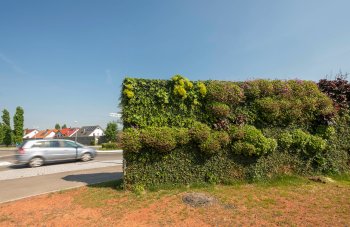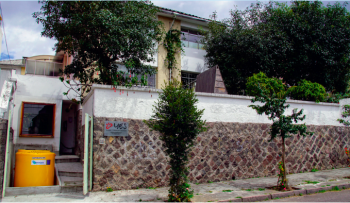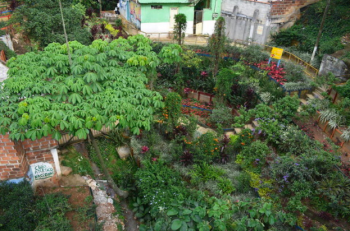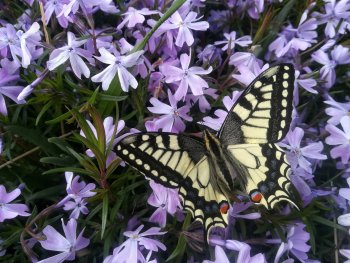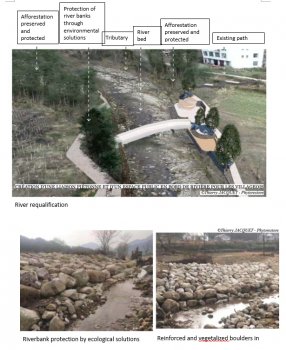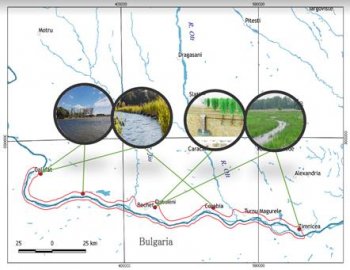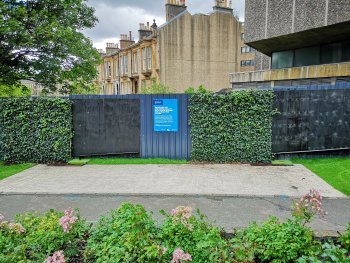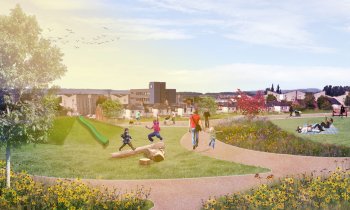Green Noise Barrier Sachsenheim, Germany
The noise barrier wall-system being used in Sachsenheim guarantees an instant green noise barrier wall, from the very first day on: The green noise barrier consists of a scaffold with galvanised steel lattice mats on both sides, filled with a core of plant substrates and then planted with pre-cultivated plant mats. Already at the time of assembly, the walls are at least fifty percent covered and they are completely green after six months.

